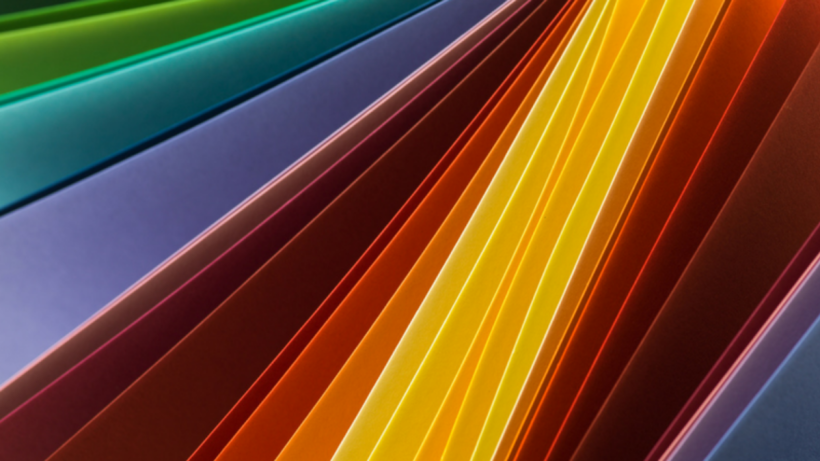The primary decision that you’ll make concerning creating and achieving a great printed piece is usually the type of paper that you choose. It plays a major role in impacting the final product as the ink and the art design. Selecting which kind of paper and cardstock to use often influences how, where, and when the set-in print can be put to use.
In this article, we are going to discuss the basic features to understand when ordering standard printing paper and cardstock.
What is the Fundamental Knowledge for Ordering Paper Print?
The key features that you need to understand when ordering normal printing papers are usually the weight, texture, and luster.
In the majority of cases, the weight of the paper often corresponds to the thickness and toughness. The heavier the mass of paper the stiffer the texture of the paper. Text stocks are stand paper while cover stocks are similar to thin cardboard.
Types of papers are generally simplified into two coated or uncoated. An uncoated paper is not capable of physical reflection hence it is non-reflective. Coated papers usually have matte finishing. Matte stocks are smoother and more polished than uncoated papers hence achieving a shiny appearance. The coated printing papers bring about a sharp and more vibrant printing. If your printing job is normal then the standard paper stocks will meet your intended purpose and needs. For your work to stand out it is advisable to use high-quality printing papers as they produce exemplary results.
1. Usage
Different printing papers are engineered and optimized for diverse uses. Before you think about printing your work, you need to think about what you need your final piece to look like, but most importantly it is necessary to understand who will be handling the final piece of paper, the exact weight of the paper which can affect the postal charges and the piece of paper will be used for, such as being exposed to water or extreme temperatures.
2. Selecting the Right Paper Material
Paper is not only made from wood but also materials such as synthetic fibers, cloth, or even plastics. Different types of papers serve different specialized purposes. There are also environmentally friendly printing papers sourced from sustainable forests. Most of the standard papers are often sustainable sources and hence locally available.
3. Picking an Affordable Paper
The type of paper you choose to use has an impact on the price of the final printed piece. The more expensive the paper, the higher the total cost of the printing project will cost especially if you’re printing in large quantities.
It is advisable to pick a paper that performs its intended purpose, from texture, hidden mailing to shipping costs.
4. Paper Size
The size of your paper type is an important review when you are printing with a printer. Some printers can only accommodate a certain range of paper type sizes so it is essential to make sure that the printer that you are using can comfortably accommodate the paper size that you intend to use to suit your purpose.
Wrapping-up!
Normally, the thicker the size of the paper, the more long-lasting it is, but often than not it can change relatively on how it is coated.
Laila Azzahra is a professional writer and blogger that loves to write about technology, business, entertainment, science, and health.
